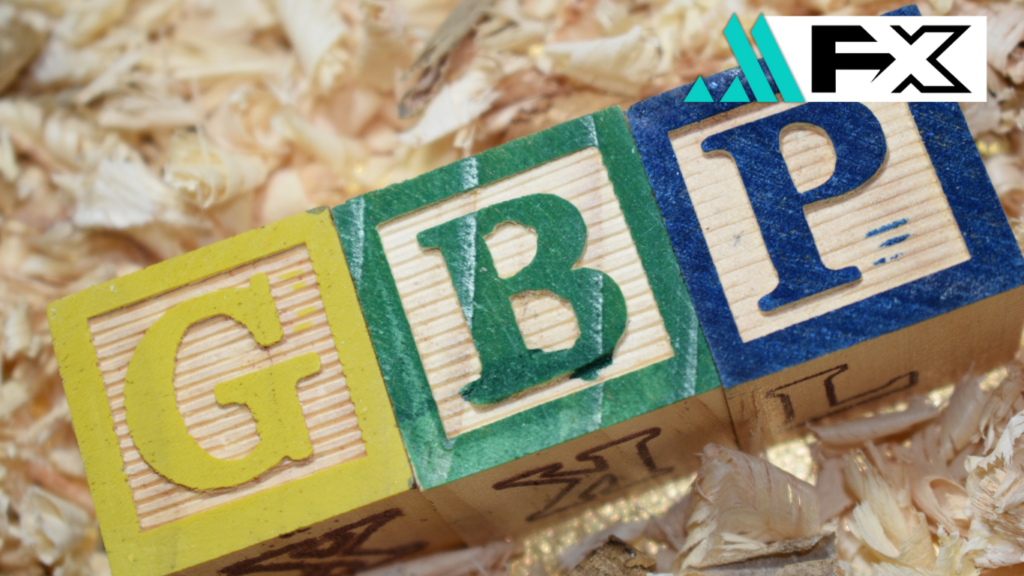The sustained strength of the US dollar (USD), stemming from fewer wagers that the US Federal Reserve (Fed) will need to be as aggressive at cutting interest rates as previously believed, causes the GBP/USD to inch down into the 1.3040s on Tuesday.
The US economy is doing better than anticipated, and instead of dreading a recession or harsh landing, travellers on US airlines are now considering the potential of a “no landing.”
This implies that to boost the economy, officials won’t need to lower interest rates as much as they had originally planned. The demand for USD rises as a result of increased foreign capital inflows, brought on by the anticipation that interest rates will stay high.
Despite encouraging UK job data, the GBP/USD pair does not rise.
Despite the recently announced positive UK jobs data, which normally would have strengthened the GBP and raised the Cable, the GBP/USD exchange rate is declining.
In the three months leading up to August, the unemployment rate decreased from 4.1% to 4.0%, exceeding the forecasted rate of 4.1%. Average salaries increased as expected, and the employment change indicated a 373K increase in the same time from 265K previously.
The September claimant count, which exceeded forecasts of 20.2K and increased to 27.9K from 23.7K in August, was the sole statistic to raise concerns.
The primary market-moving events for GBP/USD on Tuesday are probably going to be verbal rather than data-driven, according to cable movers on the calendar.
They mostly feature remarks by Fed Governor Adriana Kugler, Fed President Mary Daly of the San Francisco Fed, and Fed President Raphael Bostic of the Atlanta Fed.
Although it is unlikely to have a significant impact on the greenback, the NY Empire State Manufacturing Index is the most important metric on the data side.
Two of the many data releases expected to make Wednesday red, white, and blue are the Consumer Price Index (CPI), a measure of UK inflation, and the Producer Price Index (PPI), a measure of “factory-gate” inflation. Because they influence the Bank of England’s (BoE) interest rate decisions, these could affect the pound sterling.
September’s inflation statistics will be especially significant because BoE policymakers have hinted that they may start reducing rates again at the November 7 meeting.
Technical Analysis: The GBP/USD exchange rate hits the slope’s bottom.
When GBP/USD hits the bottom of its slope, it takes a break. Since the late September highs, when it peaked in the 1.3400s, the pair has been gradually declining. Since then, the value of the pound has dropped four cents, bringing it back to 1.3000s.
Previous peaks and troughs at the 1.3005 level (the thick charcoal line on the chart) provide strong support nearby. The two may break below the ice and sink, or they may bounce and recover.
The medium and long-term trends are bullish, but the short-term trend is negative. To expect the near-term downturn to continue, a closure below 1.3000 would be required.
Soon after, at 1.2950, support from a trendline appears, which could ruin the bear-themed celebration. Then, we would need to see a break below that level to predict further weakness.
From a momentum standpoint, further fall is probable because the Relative Strength Index (RSI) is low but not oversold.
It’s also too soon to declare a rebound because price movement hasn’t yet developed any positive reversal candlestick patterns.
However, given the optimism of the medium- and longer-term trends, there is a risk that they could change, potentially leading to the initiation of larger upcycles.


